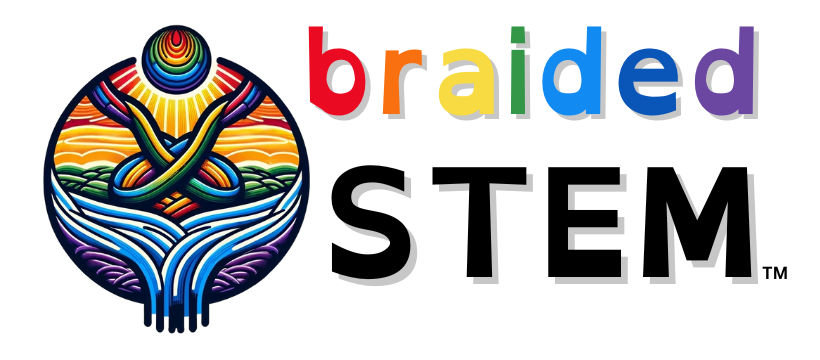Binary MicDropMath Lessons
Binary to Parity and ASCII – Google Slides for #MicDropMath
Google Slide Deck for all the #MicDropMath Lessons – patterns, cards, parity, error detection, and human computers.
Read MoreBinary #MicDropMath (#MicDropCS) Lessons – STEMAZing PD
Binary #MicDropMath Multiply This
The following lesson engages students to explore exceptionally old algorithms used by Russian and Egyptian people to multiply two numbers together. It turns out these two algorithms are connected to the binary number system, which also serves to demonstrate that the binary number system was not invented to be the language of computers. It has…
Read MoreBinary #MicDropMath Cards
There are five versions of the Binary #MicDropMath Cards below. To perform the Binary #MicDropMath, print out page one of the binary number cards. (NOTE: You only need to print these double-sided to include page two on the backside if you are using them with younger children who can’t yet add numbers but can count…
Read MoreBinary #MicDropMath Build Your Own Cards
This lesson will demonstrate to students how to make the binary #MicDropMath cards. A common question when engaging students with the Binary #MicDropMath is: “Why are those numbers on the cards?” In this lesson, they will start with blank cards and put the numbers on the cards so they understand the numbers are not random.…
Read MoreHuman Computers – Creative Message Communication
Believe it or not, there is a five-letter word encoded in the cards shown in the image. Start with lessons on the binary number system. Then, learn how computers use parity bits for error detection and correction. Finally, then learn how you can send messages back and forth using cardboard cards or cards with 0…
Read MoreBinary #MicDropMath Patterns
The Binary #MicDropMath Patterns lesson can be used to help students recognize patterns, understand how to make multiple hypotheses in science and math, and understand the importance of basing claims on more data rather than less. It also serves as an introduction to the binary number system. The #STEMAZing Project has a series of lessons…
Read More